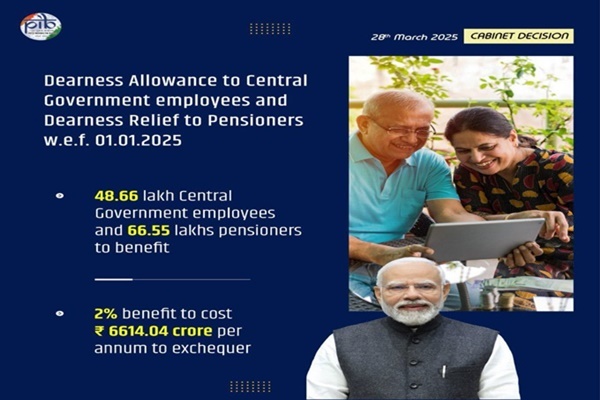
Boosting Electronics Sector with New Manufacturing Scheme
The Indian government has unveiled a transformative initiative to strengthen the electronics manufacturing ecosystem through the Electronics Component Manufacturing Scheme. This program, approved by the Cabinet, aims to catalyze domestic production and reduce reliance on imports. With an allocated budget of over ₹22,000 crore, the scheme is expected to create over 91,000 direct jobs and numerous indirect employment opportunities. The move aligns with the government’s vision to position India as a global leader in electronics manufacturing, leveraging the sector’s 17% compound annual growth rate over the past decade. Minister Ashwini Vaishnaw emphasized that the electronics industry’s growth has surged fivefold, with exports expanding at a 20% CAGR. This initiative is projected to generate 25 lakh jobs in the next decade, reinforcing the sector’s role in India’s economic development.
Bihar’s Infrastructure and Agricultural Reforms Gain Central Support
Parallel to the electronics initiative, the government has approved critical infrastructure and agricultural projects, particularly benefiting Bihar. A key development is the inclusion of the Kosi Mechi Intra-State Link Project under the Pradhan Mantri Krishi Sinchai Yojana-AIBP. This project will irrigate over 2.10 lakh hectares in Bihar’s Kharif season, with central funding of ₹3,652 crore allocated for completion by 2029. Additionally, nutrient-based subsidy rates for Kharif 2025 Phosphatic and Potassic fertilizers have been approved to stabilize prices and protect farmers from market volatility. The government maintained the MRP of DAP at ₹1,350 per 50kg bag, ensuring affordability for agricultural communities.
Central Government Employees and Pensioners Receive Dearness Allowance
A significant welfare measure for Central Government employees and pensioners involves the 2% Dearness Allowance (DA) and Dearness Relief effective from January 1, 2025. This update will benefit 48.66 lakh employees and 66.55 lakh pensioners, reflecting the government’s commitment to cost-of-living adjustments. The DA hike underscores the administration’s focus on maintaining purchasing power amid inflationary pressures. This measure is part of a broader strategy to balance economic growth with social welfare, ensuring that public sector workers receive fair compensation in line with inflation trends.
Infrastructure Development and Employment Boost in Bihar
The government’s focus on infrastructure is evident in the approval of the Patna-Arrah-Sasaram corridor, a 120.10-km four-lane highway project. Funded through a hybrid annuity model with a total cost of ₹3,712 crore, this project will generate 48 lakh man-days of employment. The initiative is expected to enhance connectivity, reduce logistics costs, and stimulate economic activity in Bihar. Additionally, the Kosi Mechi project’s completion by 2029 will significantly improve agricultural productivity in the region, showcasing the government’s dual emphasis on infrastructure and rural development.
Strategic Investments for Sustainable Growth
The Cabinet’s decisions reflect a strategic approach to balancing economic growth, infrastructure development, and social welfare. By investing in electronics manufacturing, the government seeks to capitalize on India’s growing tech sector while addressing domestic supply chain challenges. Simultaneously, the focus on Bihar’s infrastructure and agricultural reforms highlights regional development priorities. These measures collectively aim to create a robust economic framework that supports both industrial expansion and rural livelihoods, ensuring long-term sustainability and inclusive growth.



